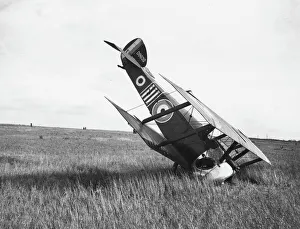Escaut Collection
From the historic waters of the Scheldt and Escaut rivers, a rich tapestry of stories unfolds
All Professionally Made to Order for Quick Shipping
From the historic waters of the Scheldt and Escaut rivers, a rich tapestry of stories unfolds. Witness the Sopwith Camel biplane's forced landing in France during WW1, the British armored cars of the Guards Armored Division advancing on Lillo in 1642 as depicted by Wenceslaus Hollar, the bustling port of Antwerp in 1898 as painted by James Batkin, and the grandeur of the Antwerp Town Hall reflected on the River Schelde. Delve deeper into the past with the Picardie Canal's underground junction of the Scheldt and the sumptuous medal project. Fast forward to Ipswich docks in 1965, and observe the tranquil scene of rowing boats with fishermen near a fort on the Scheldt. Lastly, celebrate the triumphant return of the Spanish army to Antwerp in 1628, as depicted in the painting 'View of the Port of Antwerp during the Celebrations of the Taking of Breda.










